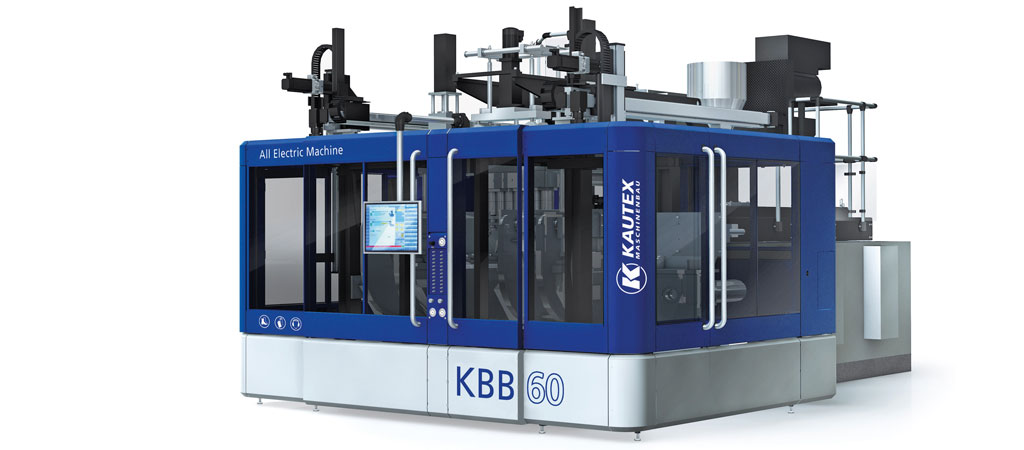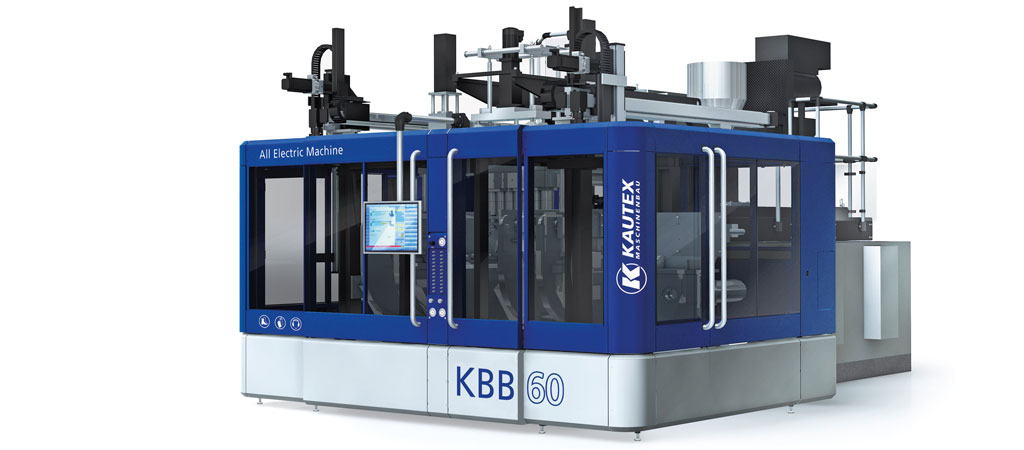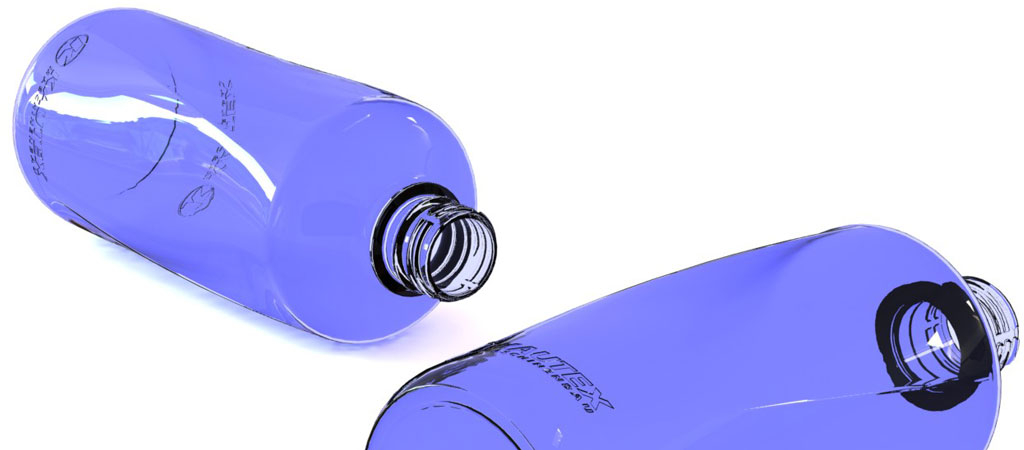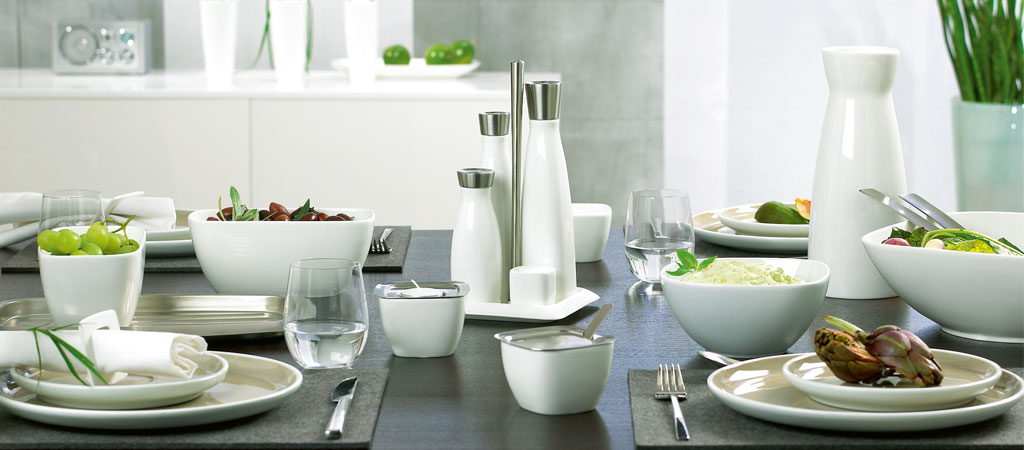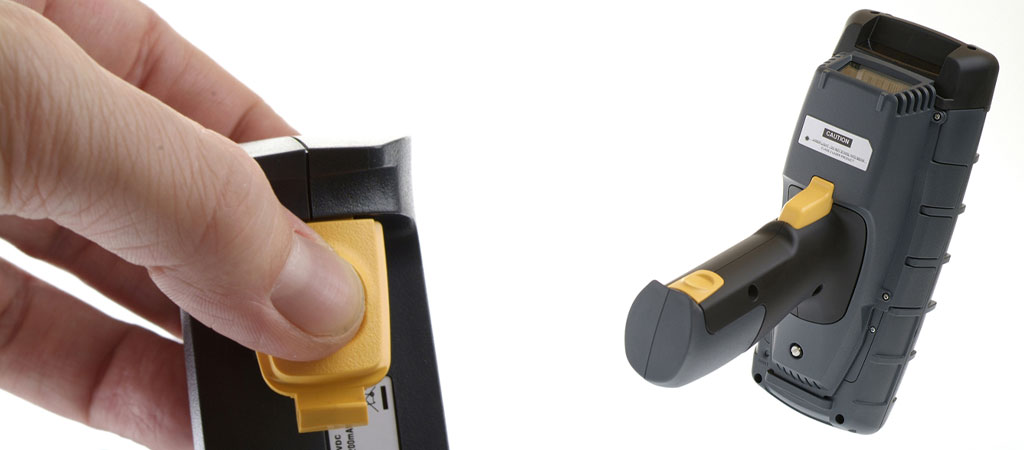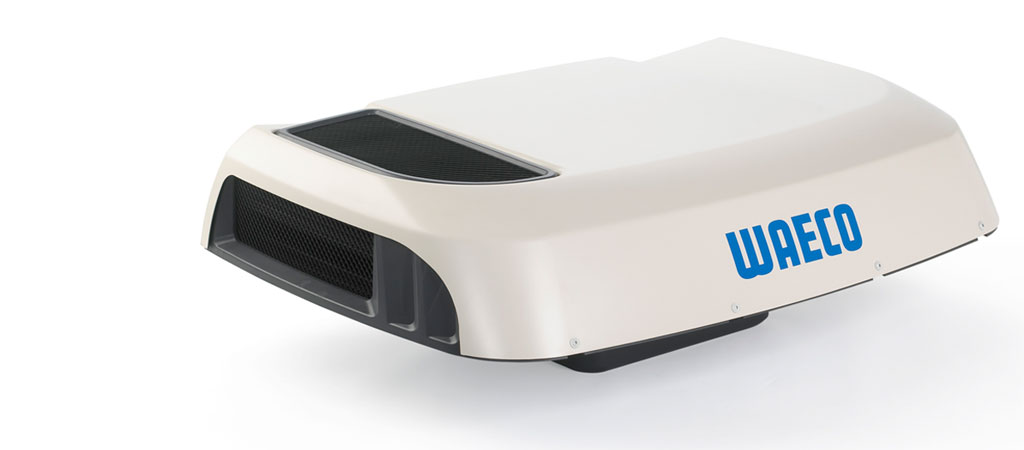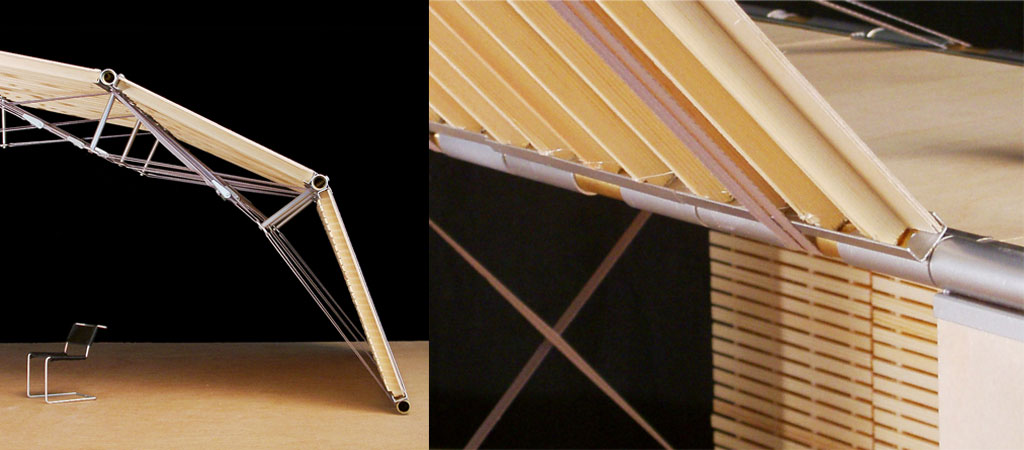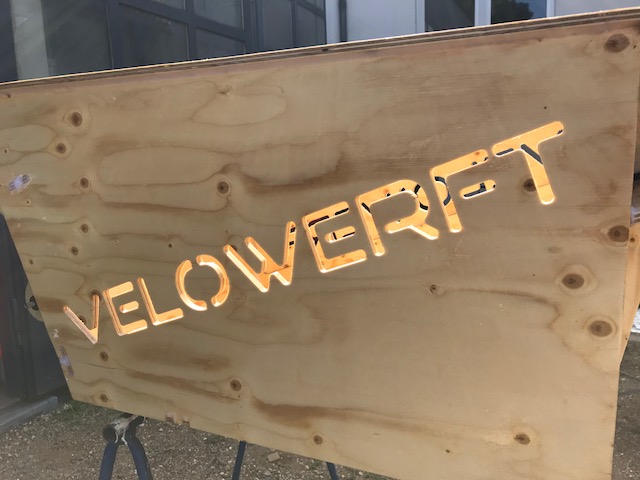customind | Sven Bastiaen Schulz
boatbuilding meets cargobikes.
Observing how heavy the plywood boxes on many cargobikes are, the inner boatbuilder got rebellious and wondered, if the box could not carry the bike? Or – technically spoken – if a cargobike could be a plywood monocoque. The Velowerft concept uses wood for the box and tail up to the saddle combined with an upcycled suspension rear-end. We could also build the rear-end in wood, but consider this l´art pour l´art and prefer to use materials to their best advantage. The result: a full suspension cargobike with a weight of no more than 25 kg – probably even less, work in progress…
Efficiency in material and production.
The bike is pre produced on a flatbed CNC mill like a giant jigsaw puzzle (e.g. Cargoli), equipped with latches and wedges and holds together without the use of clamps until the glue is cured. The carbon footprint of a velowerft bike (estimated at 103 kg of which only 7 kg are plywood and glue) is approx. 50% less than of a cargobike with an aluminium frame and 15% less than a steel cargobike. Materialwise the big challenges are plywood and epoxy-glue. While the latter is now available based on plant oils, boatbuilding-quality ply from certified sources is non-existent – believe it or not. We are currently using simple building ply from spruce, but have to make it thicker to compensate the lower quality.
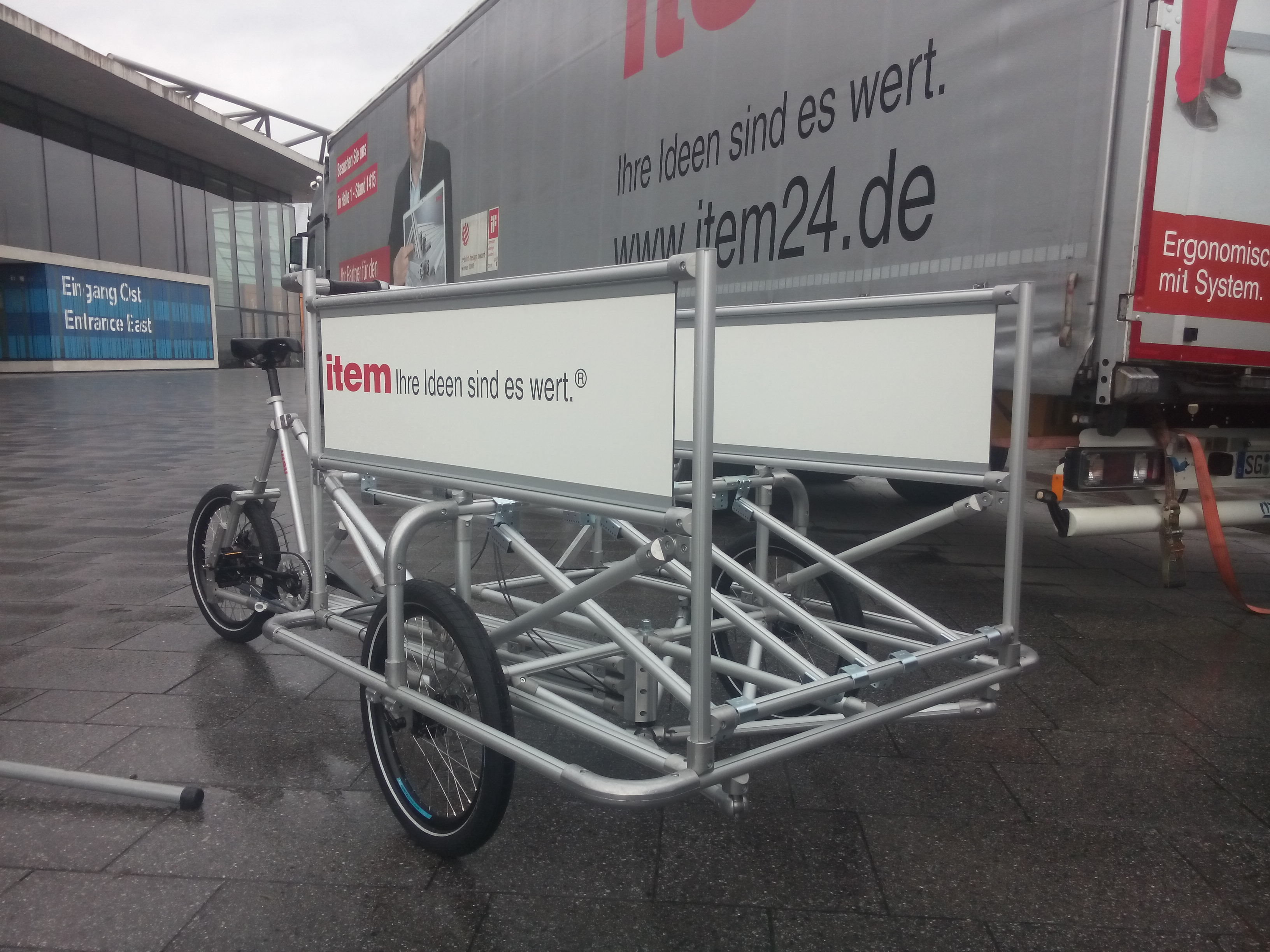
Item, leading supplier of industrial aluminium profile systems asked us to design cargobikes to showcase the potential of their D30 lean production range. Faced with clamped connectors, a single, light tube size and the explicit demand to use many oft he new angular connectors, the only practicable solution lay in a space frame.
The tricycles are conventional – albeit very large – bogy types. What sets them apart is their low weight. We built a sofa from Euroboxes on top and rode them around the yard and loaded with one or two adults they were stable and fun.
With the bikes a fork was out of question for mechanical reasons, so once more, like in the Bastiaen Cargo, center hub steering was the solution. With a perfectly equipped workshop at hand, we succeeded in manufacturing a couple of steering hubs. Both bikes are a pleasure to ride, absolutely stiff and balanced. The only part that let us down (and also the only part not made from D30 profiles), was a steering rod of too light dimension, which led to a slight resonance in the frontwheel. We fixed that, by simply releasing four bolts and changing the steering angle. Try that on a welded frame!
A few days before my birth my parents visited a bike show. This caused some sort of prenatal imprinting, for I always liked bikes and in 1990 started building a cargobike by hacking apart some old diamond frames and a folding bike. My father joined the project – I still don´t know if for eagerness or concern – and soon our „Long John“ ran, and it still runs today. (Did anyone say anything against 1970´s bike junk?)
Many years and two professions later we were expecting - to need another cargobike soon. As I suffer from designers disease (inability to simply buy something) the new cargobike had to be homemade, or at least of own design. I was looking for a simple straightforward design and - to my eye – forks on cargo bikes of the Long John type always looked wrong. A fork takes up precious cargo room and transfers (brake) energy to a peculiar point of the frame with the fork acting as a lever. So, the first sketches showed a center-hub steering. As this seemed impossible to build, I quickly forgot the idea until I saw an old Italjet scooter. I ordered a 2nd hand front swing arm with wheel and brake from ebay for little money and found it heavy but usable. It was joined to an old Trek MTB by a single tube by a framebuilder-friend and THE SUB was born.
I was completely surprised by the reactions that followed: people on the street were cargobike enthusiastic! 25 years ago I had been practically invisible riding a cargobike and now I was asked eager questions on every red traffic light. About that time the Bullitt came on the market, followed by many others. The first SUB was followed by a second one, this time with a face-to-face childrens seat, which received appraisal particularly from mothers. „Where can I buy that?“ or „You should sell those!“ was heard so often, that I started re-designing the steering to eliminate all the heavy scooter parts, which also had become more expensive at ebay, since I had published the building instructions on werkstatt-lastenrad.de.
The project lingered on my computer for three years pushed aside by life´s more import matters and other cargobike projects like the D30 and THE BOX until in 2014 the SUB placed 2nd in a cargobike design competition hosted by IHK Dortmund – by chance the very city where I had build my first cargobike 25 years earlier. So, I finally had the tooling for my front wheel and the first wheels made and ordered a prototype frame.
2017 saw the first series of ten Bastiaen Cargo, followed by another 14 in 2018. Bastiaen Cargo is joined by a growing crowd of customers, fans, friends, suppliers, dealers and helping hands and as I am writing this we are preparing Series3. If you like, please follow us in our blog or on instagram.
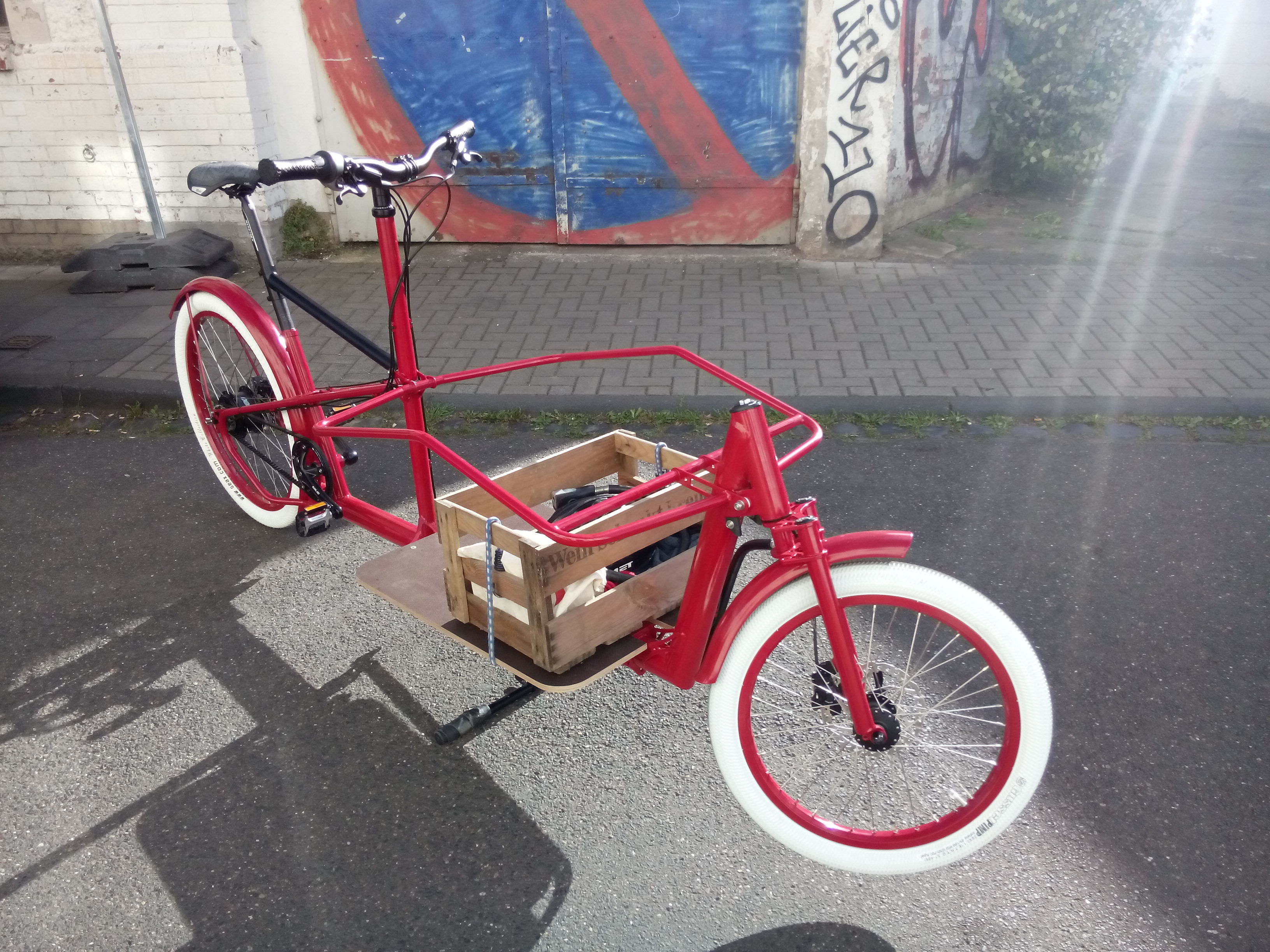
For an undisclosed client we developed a new economy-cargobike with a retro-touch. The client wished for a low priced entry-level product with a range of clever add-ons. The concept features elaborated detail solutions like a fork crown with integrated steering stops, a tail that can accomodate both belt/hub and chain geared drive trains and an optional upper tube that makes the frame as suitable for very small riers as for very large ones. The design with a deep tail end and a characteristic hump in the railing is inspired cruiser bikes and the "cab-forward-design" of american vintage cars. Thanks to 25 years of experience in this field both prototypes perform admirably at first try.
Contact
Sven Bastiaen Schulz
Dipl.-Des.
Maarweg 29
D-53123 Bonn
+49 (0)228 96100479
UStID DE242681564


